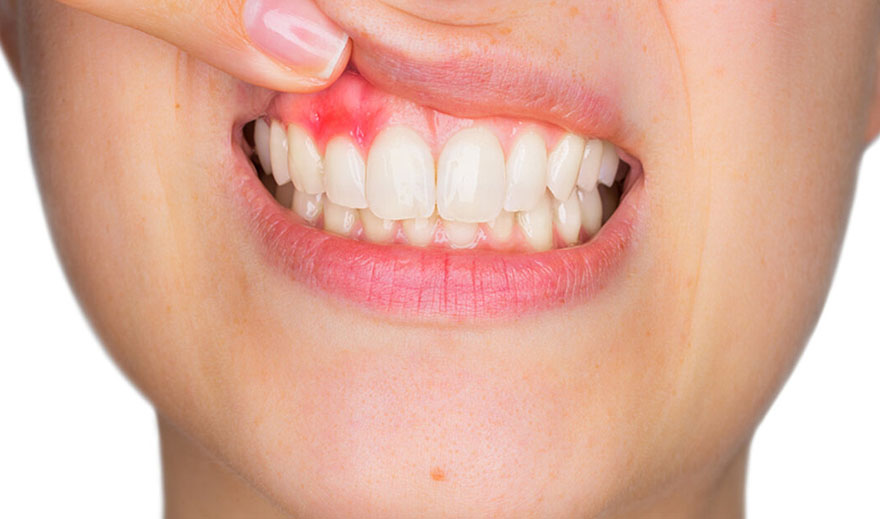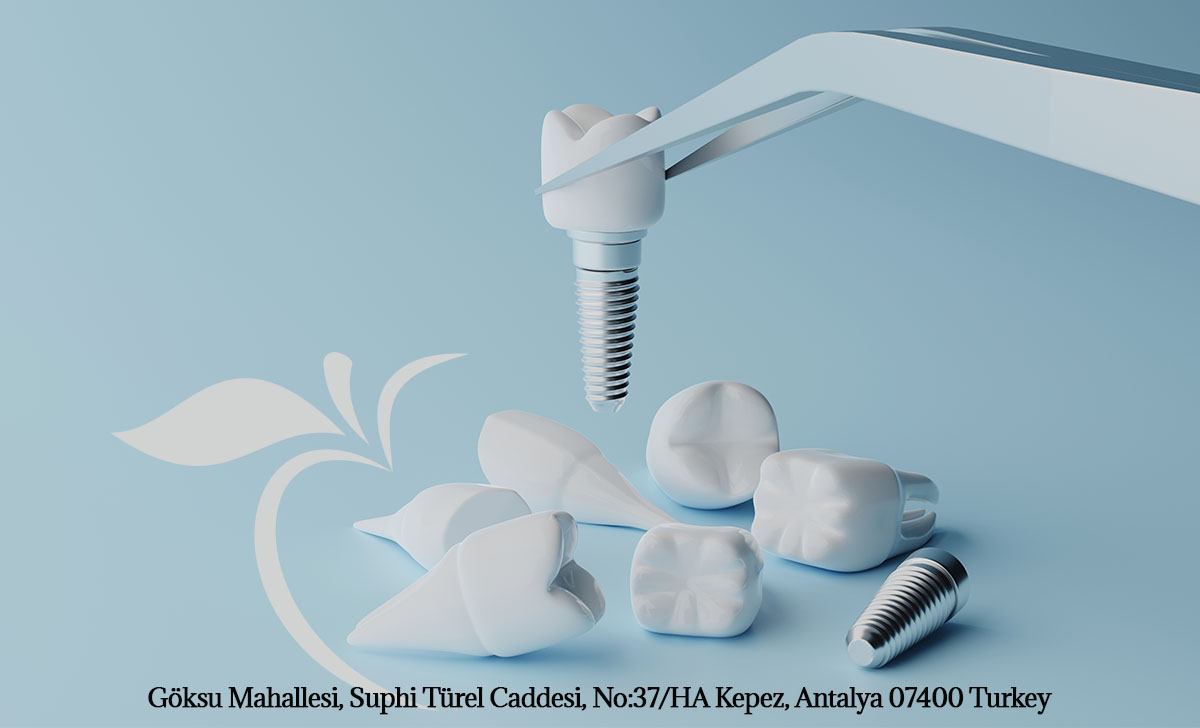
Gum Treatment at Antalya Dental Hospital, Turkey
Gum Treatment: What Are They, Benefits and Cost
Don’t let gum problems ruin your smile.
Our gums say a lot about our oral health. Gums that are red, swollen or bleeding are common telltale signs of gum or periodontal disease.
Many people suffer from gum disease. Prolonged tartar buildup can eventually cause inflammation of the gums (gingivitis). Gingivitis causes swollen gums that bleed easily whilst brushing teeth. Simple treatment, together with changes in oral hygiene habits, will cure and reverse this disease. In susceptible patients, gingivitis may eventually progress to a more serious condition called periodontitis.
Prevent periodontal disease.
Periodontitis causes teeth to gradually lose support and it is the most common cause of tooth loss among adults. People are mostly unaware that they have severe gum disease because it usually progresses without pain.
Your dentist and hygienist can detect early signs of gum disease and help prevent its progression. Patients with periodontitis are often referred to a specialist periodontist or gum specialist.
When gums shrink or pull away, the teeth often look longer as more of the root surfaces of the teeth are exposed. This is called gum recession.
Gum Recession Treatment
Warning Signs of Gum Disease
- Bleeding gums when brushing or flossing
- Red, swollen or tender gums
- Gums that pull away from the teeth
- Teeth that seem to be loose or moving away from one another
- Pus between gums and teeth
- Sores in the mouth
- Persistent bad breath
- Change in the way the teeth fit together when you bite
- Change in the way dentures fit
Enjoy a more natural looking smile with gum contouring.
Safe. Pain-free. Natural looking.
If your teeth appear too short or if your gums rest too low on your teeth, you could be a candidate for a gummy smile treatment.
Gum Contouring
Need more advice?
If you need free and impartial advice about your oral health, contact our Antalya Dental Hospital Helpline by email or call +90 242-999-1227 (local rate call in the Turkey).
Our Antalya Dental Hospital Helpline is completely confidential and has helped almost 20,000+ people. Contact our experts by telephone, email or online enquiry, Monday to Friday, 08:00 - 18:00.
Frequently Asked Questions About Dental Health
FAQs
Our FAQs are the most commonly-asked questions put to our Dental Helpline over the last year. If you have a question for us, you can ask our Dental Helpline by telephone or email. Alternatively, please take a look at our library of oral health information, which contains a wide range of oral health advice in an easy-to-understand Q&A format.
There are various types of x-ray. Some show one or two teeth and their roots, while others can take pictures of several teeth at once. The most common x-rays are small ones, which are taken regularly to keep a check on the condition of the teeth and gums.
These show a few teeth at a time, but include the roots and surrounding areas. There are large x-rays that show the whole mouth, including all the teeth and the bone structure that supports the teeth. These are called panoramic x-rays.
There are also medium-sized x-rays, which show either one jaw at a time, or one side of the face. There are also electronic ‘imaging’ systems in use today. These use electronic probes instead of x-ray films and the picture is transmitted directly onto a screen.
When you and your dentist are happy with the fit and appearance of the new crown, it will be fixed in place with special dental cement or adhesive. The cement forms a seal to hold the crown in place.
X-rays can show decay that may not be seen directly in the mouth: for example, under a filling, or between the teeth. They can show whether you have an infection in the root of your tooth and how severe the infection is.
In children an x-ray can show any teeth that haven’t come through yet, and show the dental team whether there is enough space for the teeth to come through. In adults, it can show any impacted wisdom teeth that may need to be removed, before they cause any problems.
The aim of the treatment is to remove all the infection from the root canal. The root is then cleaned and filled to prevent any further infection.
Root canal treatment is a skilled and time-consuming procedure. Most courses of treatment will involve two or more visits to your dentist.
At the first appointment, the infected pulp is removed and any abscesses can be drained. The root canal is then cleaned and shaped ready for the filling. A temporary filling is put in and the tooth is left to settle.
The tooth is checked at a later visit and when all the infection has cleared, the tooth is permanently filled.
Your Best Smile Starts Here
Follow along as Antalya Dental Hospital expert dentists share the latest oral health trends that impact you and your family’s overall health. Dentistry and Oral Health Blog is a rich source of information about dentistry, dental care, tips, news and more. Subscribe to our blog, newsroom and social media.







